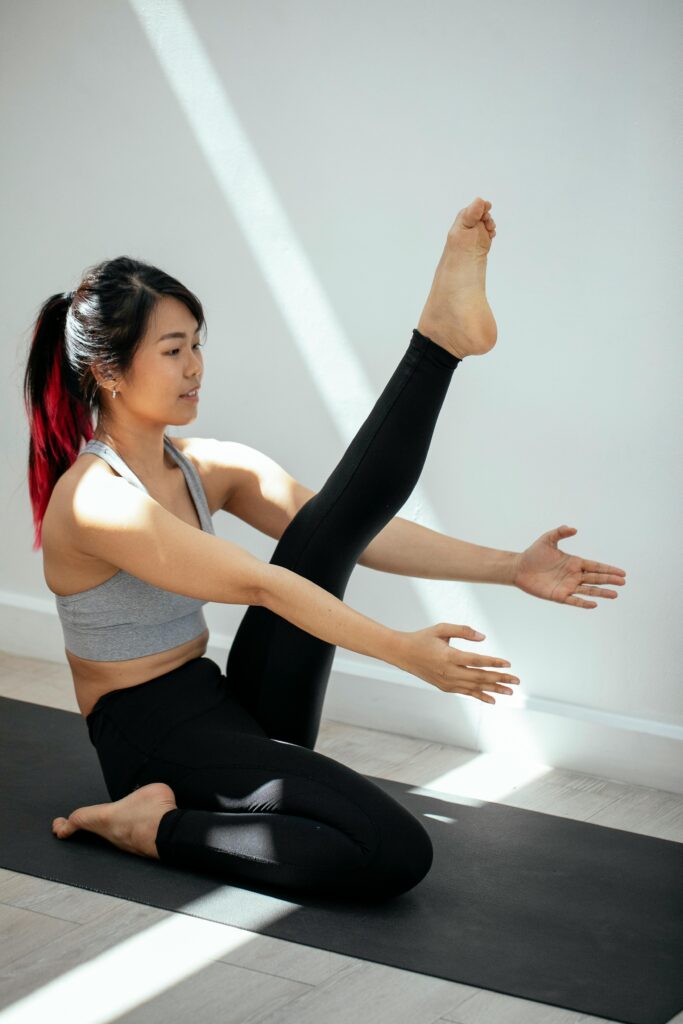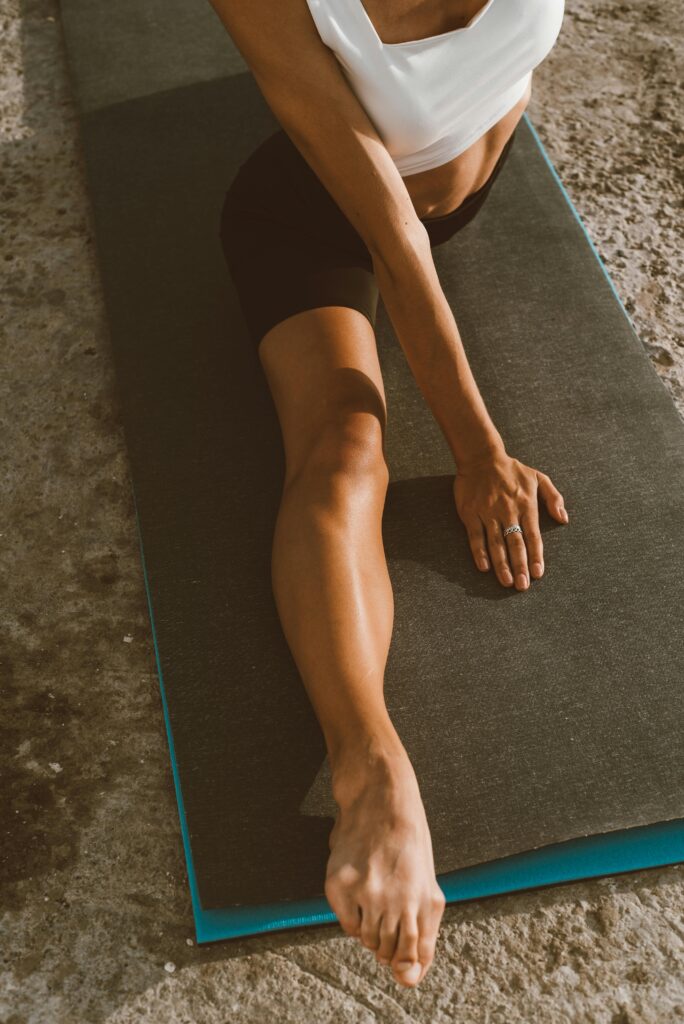Do your days feel like a blur of tasks, alerts, and nonstop scrolling? You’re not alone. Life moves fast, but that doesn’t mean you can’t slow down—at least for five minutes. What if I said small moments of mindfulness can boost your mood, focus, and relationships?
Let’s dive into 15 mindful habits you can start right now, each taking five minutes or less.
Why Mindfulness Matters
Mindfulness isn’t a trendy word used by yoga teachers and wellness experts. It’s a science-based method. It helps you focus on the now, lower stress, and improve your well-being. Think of mindfulness as a mental reset button—a way to clear the static and reconnect with yourself.
The Science Behind Mindful Habits
Mindfulness, even for a few moments, can reduce cortisol, the stress hormone. This practice can also boost your mood and sharpen your focus. It’s like giving your brain a mini-vacation, no plane ticket required.
How to Get Started with Mindful Habits
Starting new habits can seem tough. But you can add these mindful practices to even your busiest days. There’s no need for fancy equipment, special apps, or a Himalayan retreat.
Setting Realistic Expectations
Don’t expect enlightenment overnight. The goal isn’t perfection—it’s progress. Five minutes are all you need to start.
Creating a Mindful Environment
Find a quiet spot, silence your phone (for a bit!), and give yourself permission to pause. Even a corner of your desk or a seat on the bus can become your mindfulness zone.
1. Deep Breathing
 DEEP BREATHING
DEEP BREATHING
When was the last time you took a breath so deep that it filled your lungs completely? We usually breathe without thinking, but focusing on your breath can calm your mind in a short time.
How to Practice Deep Breathing
-
Sit in a relaxed position, close your eyes, and take a deep breath through your nose for a count of four.
-
Hold for four counts.
-
Exhale through your mouth for six counts.
-
Repeat for five rounds.
Notice how your shoulders drop and your mind quiets? That’s your nervous system thanking you.
2. Gratitude Journaling
 GRATITUDE JOURNALING
GRATITUDE JOURNALING
Gratitude isn’t just for Thanksgiving. Jotting down what you are thankful for can rewire your brain for positivity. Kickstart your gratitude habit with this beautifully designed Gratitude Journal.
Quick Gratitude Prompts
-
What made you smile today?
-
Who are you grateful to right now?
-
What’s one small thing you appreciate about yourself?
Three quick notes in a notebook or on your phone can shift your perspective.
3. The One-Minute Body Scan
 THE ONE-MINUTE BODY SCAN
THE ONE-MINUTE BODY SCAN
Your body sends you signals constantly, but how often do you listen? A body scan helps you check in and release tension.
Body Scan Steps
-
Close your eyes and focus on your toes.
-
Focus on moving your attention up your body. Start at your feet, then go through your legs, hips, back, shoulders, and neck. Finish with your head.
-
Notice any tension and let it go with each exhale.
You’ll feel amazed at how much lighter you are.
4. Mindful Sipping
 MINDFUL SIPPING
MINDFUL SIPPING
Turn your next sip of coffee, tea, or water into a mini-meditation.
Turning drinks into rituals
-
Hold your cup and notice its warmth or coolness.
-
Smell the aroma.
-
Take a slow sip, savoring the taste.
-
Feel the liquid as it moves down your throat.
Your morning brew transforms into a grounding ritual in an unexpected moment.
5. Digital Detox Moments
 DIGITAL DETOX MOMENTS
DIGITAL DETOX MOMENTS
Screens are everywhere, but your mind craves a break.
How to Unplug Without Delay
-
Set a timer for five minutes.
-
Put your phone on airplane mode.
-
Look out of the window, stretch, or breathe.
You’ll return to your tasks with a clearer head.
6. The Five Senses Check-In
 THE FIVE SENSES CHECK-IN
THE FIVE SENSES CHECK-IN
Want to snap out of autopilot? Tune into your senses.
Engaging Your Senses
-
Name one thing you can see, hear, smell, taste, and touch.
-
Linger on each sense for a moment.
It’s like giving your brain a fresh coat of paint.
7. Positive Affirmations
 POSITIVE AFFIRMATIONS
POSITIVE AFFIRMATIONS
Your inner voice is powerful. Why not make it your cheerleader?
Crafting Your Own Affirmations
-
Choose a phrase that resonates, like “I am enough” or “I can handle this.”
-
Repeat it for a minute, either out loud or in silence.
It might feel silly at first, but your brain believes what you tell it.
8. Stretch and Release
 STRETCH AND RELEASE
STRETCH AND RELEASE
Sitting all day? Your muscles are begging for attention.
Simple Desk Stretches
-
Reach your arms overhead and stretch from side to side.
-
Roll your shoulders backward and forward.
-
Twist your torso to the left and right with care.
You’ll feel more awake and less achy—promise.
9. Mindful Listening
 MINDFUL LISTENING
MINDFUL LISTENING
When’s the last time you listened to someone with complete focus—without planning your reply?
Practicing Presence in Conversation
-
Put away distractions.
-
Focus on the speaker’s words, tone, and body language.
-
Notice your urge to interrupt and listen.
People notice your complete engagement. It’s a gift.
10. Mini Meditation
 MINI MEDITATION
MINI MEDITATION
You don’t need an hour on a cushion to meditate. Make your meditation time more comfortable with a supportive Meditation Cushion.
Guided or Silent Mini-Meditations
-
Set a timer for three to five minutes.
-
Close your eyes, focus on your breath, or use a guided meditation app.
-
If your mind wanders, bring it back with gentle effort.
It’s like a power nap for your mind.
11. Single-Tasking
 SINGLE-TASKING
SINGLE-TASKING
Multitasking is a myth—our brains can only focus on one thing at a time.
Focusing on One Thing
You will amaze yourself with how much you do (and how good it feels).
12. Nature Noticing
 NATURE NOTICING
NATURE NOTICING
You don’t need a forest to connect with nature.
Bringing the Outdoors In
-
Look outside and notice the sky, trees, or even a patch of grass.
-
Listen for birds or the wind.
-
If you’re inside, bring in a plant or a flower and observe its details.
Nature grounds us, even in small doses.
13. Visualizations
 VISUALIZATIONS
VISUALIZATIONS
Your imagination is a powerful tool for relaxation.
Quick Visualization Exercises
-
Close your eyes and picture a peaceful place—beach, forest, mountaintop.
-
Notice the sights, sounds, and smells.
-
Stay there for a few breaths.
You’ll return feeling refreshed and inspired.
14. Mindful Walking
 MINDFUL WALKING
MINDFUL WALKING
Walking isn’t for getting from A to B.
Walking with Awareness
-
As you walk, notice the sensation of your feet touching the ground.
-
Feel the movement of your legs and arms.
-
Take in your surroundings with curiosity.
Even a walk to the mailbox can become a mindful journey.
15. Smile with intention
 SMILE WITH INTENTION
SMILE WITH INTENTION
Smiling isn’t contagious—it’s good for you.
The Science of Smiling
-
Smiling, even when it’s fake, makes your brain release feel-good chemicals. These include dopamine and serotonin.
-
Try smiling at yourself in the mirror or at someone else.
It’s a quick mood booster that costs nothing.
Making Mindfulness a Habit
Creating new habits takes time. But these five-minute practices integrate smoothly into your day.
Tips for Consistency
-
Set reminders on your phone.
-
Pair a mindful habit with an existing routine (like brushing your teeth or making coffee).
-
Celebrate your progress, no matter how small.
Ready to try mindful sipping? Check out this soothing Herbal Tea Blend to get started.
Conclusion
Mindfulness doesn’t need hours of meditation, a mountain retreat, or a guru. It’s about finding small moments of presence in your everyday life. With these 15 mindful habits, you can press pause, reset, and reconnect—no matter how busy you are.
Remember, big changes start with tiny steps. Why not start your mindful journey today?
FAQs
Can I feel any difference after practicing mindfulness for five minutes?
Yeah! Even a few mindful breaths can lower stress and help you feel more grounded.
Do I need any special tools or apps to start these habits?
Nope! Most of these habits don’t need anything but your attention and a few minutes of your time.
How do I remember to practice mindfulness when I’m busy?
Set reminders or pair a mindful habit with something you do every day. For example, you can link it to making coffee or brushing your teeth.
What if my mind keeps wandering during these practices?
That’s completely normal! Notice it and redirect your focus back in a gentle manner. Mindfulness is about noticing, not perfection.
Can I teach these habits to kids or coworkers?
Definitely! These mindful habits are easy to adopt and good for everyone, no matter their age or background.